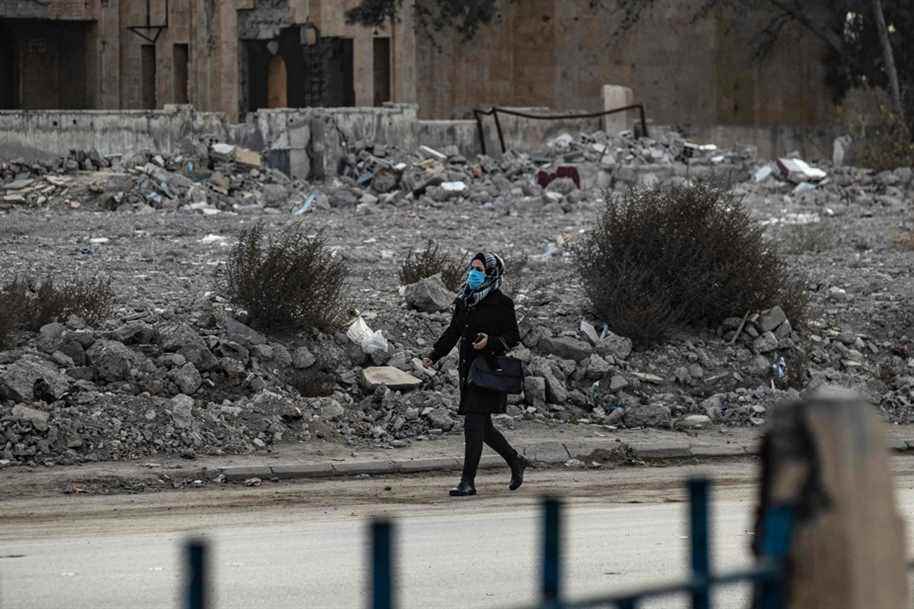(Washington) The US military could have done more to limit the damage inflicted on civilians during the battle for Raqa, Syria, which marked the fall of the Islamic State (IS) group in 2017, according to a report commissioned by the Pentagon .
Posted at 4:32 p.m.
At the end of this nearly five-month battle to liberate this great Syrian city from the grip of IS, “60 to 80% of the city was uninhabitable” and the resentment of the population was directed against the liberators, underlines this report of the research center RAND Corporation.
The so-called “targeted” strikes and artillery fire by the coalition forces on Raqa caused numerous civilian victims between June 6 and October 30, 2017: from 744 to 1,600 dead, according to coalition counts, of Amnesty International or the specialized site Airwars, says the report.
But the Battle of Raqa also caused the destruction of a large number of buildings and infrastructure, which “weakened the long-term interests of the United States” in the region, adds the 130-page document.
According to UN figures cited by RAND Corporation, 11,000 buildings were destroyed or damaged between February and October 2017, including 8 hospitals, 29 mosques, more than 40 schools, five universities and the city’s irrigation system.
The US military, which conducted 95% of the airstrikes and 100% of the artillery fire during the Battle of Raqa, committed no war crimes during that battle, as it tried to respect international laws on protecting civilians in war, but “it could do better,” according to RAND.
The decision to surround the city to “annihilate ISIS”, as announced by US military officials at the time, prevented the creation of humanitarian corridors for civilians and caused ISIS fighters to take the population as a shield in the most densely populated neighborhoods, the report points out.
Instead of focusing its operations on airstrikes to spare its soldiers’ lives, the US military should also be prepared to send more troops into the field to gain better situational awareness and risk, according to RAND.
In addition, the military hierarchy should now prepare its operations bearing in mind that damage to civilians has a strategic cost, the report concludes.
“Raqa suffered the most structural damage per square kilometer of any Syrian city,” according to the report. “The level of structural damage and the lack of American support for the reconstruction of Raqa led many residents to denigrate the way their city was liberated.”
